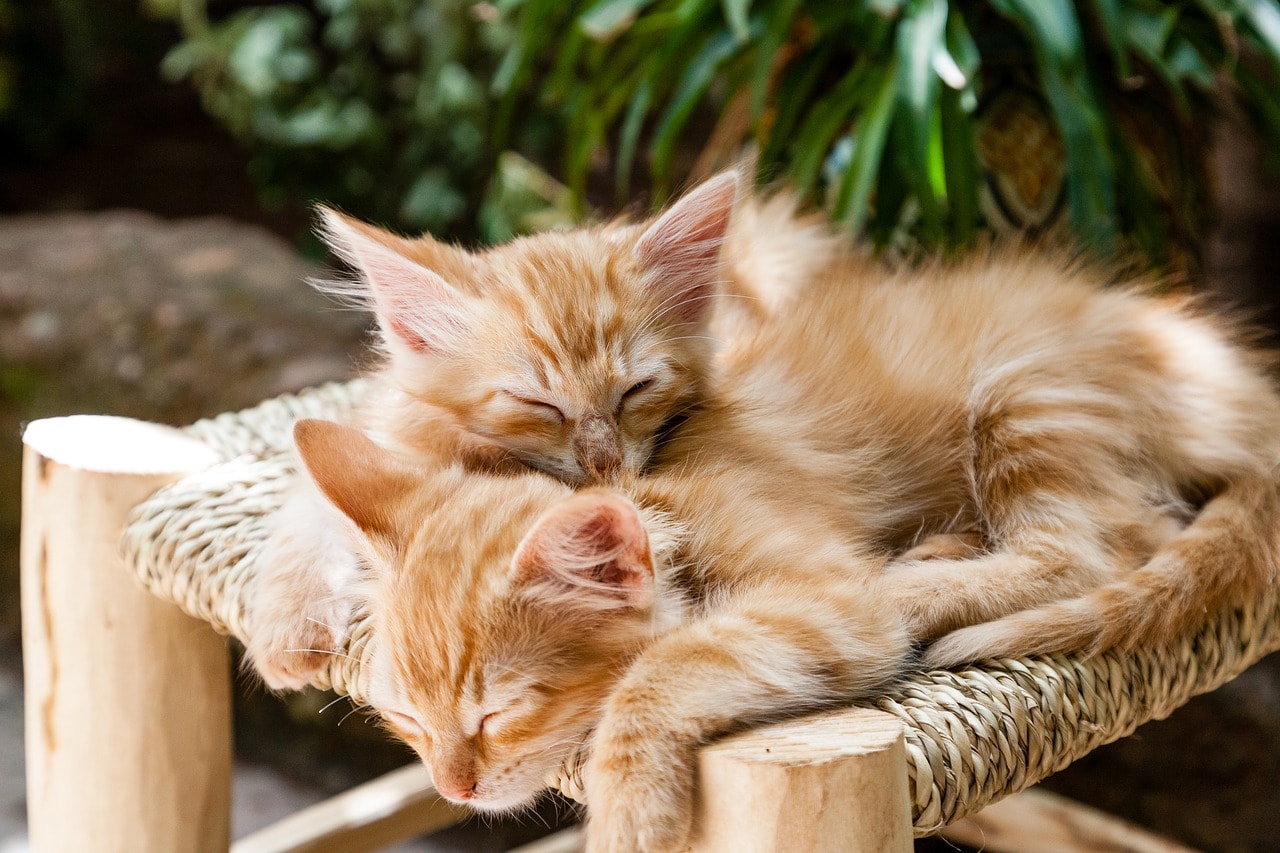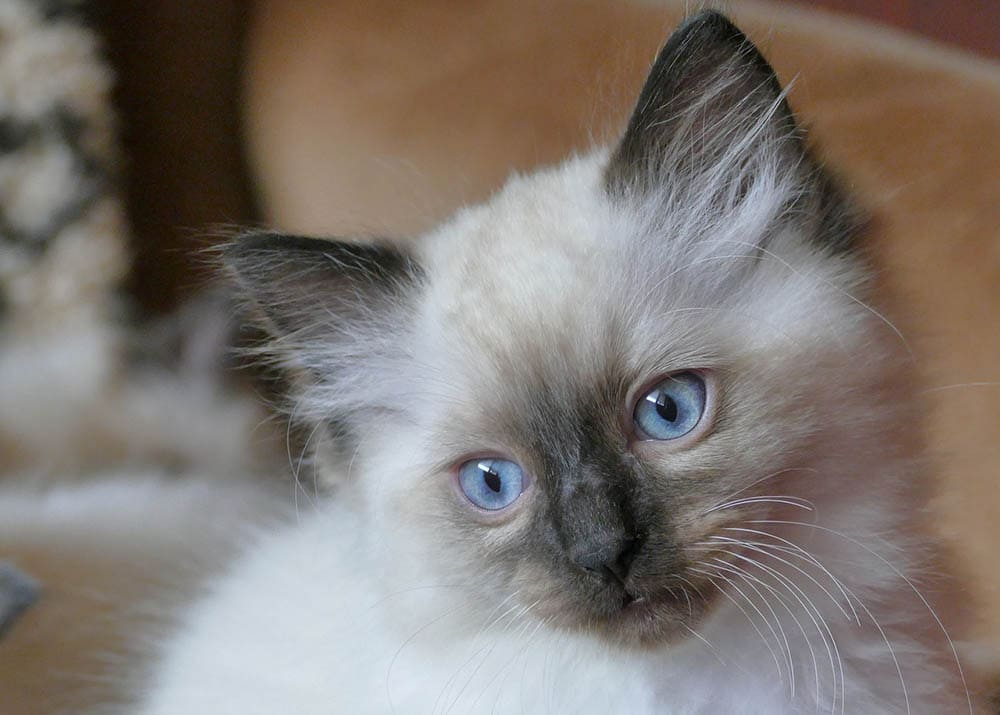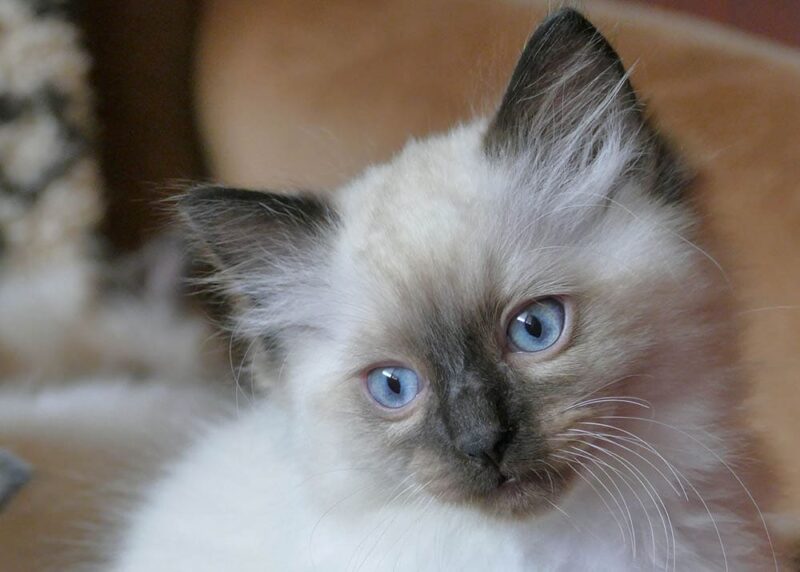Catster advocates for adopting before shopping, though we fully understand there are many reasons for seeking a breeder. So, we encourage it to be done the right way. We have not personally visited or investigated all of the breeders below. We have put the top-recommended all in one place for you to get in touch and make the best decision for you. Learn more about our stance and how to choose the right breeder here.
Cute, cuddly, and downright calm, Ragdoll cats make a fantastic pet. If you’re on the prowl for the purr-fect Ragdoll kitten breeder in New York, your search stops here! We’ve compiled a list of reputable, high-quality Ragdoll breeders throughout the Empire State. From the city to the country, here are six top-notch breeders to find your future feline friend.
The 6 Ragdoll Kitten Breeders in New York
1. BrightStone Rags

- Long Island, NY
BrightStone Ragdoll Cattery is Nassau County’s premier Ragdoll breeder. The cattery breeds several award-winning lines of Ragdolls, including the Angel line, the De La Mer line, and the De La Mer Part De Celtic line. Owned and operated by David Nudleman, a prominent Ragdoll breeder and showman, the cattery is a direct reflection of his passion for the breed. David loves his feline friends so much that each cat at BrightStone Rags even has its own room full of toys and kitty equipment!
BrightStone Rags is a proud member of the International Cat Association, the Coastal City Cat Club, the Cat Fanciers’ Association, the Westchester Feline, Club, and more.
2. Broadway Ragdolls

- Long Island, NY
Featured on Animal Planet’s Too Cute series, Broadway Ragdolls is a TICA-registered and family-owned-and-operated cattery. Specializing in cream, flame, lilac, chocolate, red mink, and lynx Ragdoll kittens, the cattery also offers traditional seal and blue cats as well. All their kittens are showered with love and affection and allowed to roam free throughout the home. Each kitten is gently handled from day one to ensure you’re receiving a friendly, sociable cat. Broadway Ragdolls also offers grooming, boarding, and behavioral training services.
3. KFBear Ragdolls
- Queens, NY
A small, cage-less Ragdoll cattery in Queens, KFBear Ragdolls is a proud member of the CFA and the TICA. Since opening its doors in 2017, the cattery has been committed to breeding gorgeous, healthy, and friendly kitties. They take pride in being a smaller facility in order to provide show-quality cats to their valued customers. KFBear enriches its breeding program by collecting premium lineages from overseas, ensuring their cats are always the best of the best.
The cattery specializes in tortie/torbie, lynx, lilac, and chocolate Ragdolls.
4. Leas Ragdolls
- Buffalo, NY
A small, in-home cattery located in Buffalo, Leas Ragdolls is committed to ethical, responsible breeding with the utmost integrity. All their kittens are vaccinated, dewormed, litter box trained, spayed/neutered, and TICA registered. Leas Ragdolls specializes in traditional Ragdoll colors, including blue and seal, as well as mitted, bicolored, and lynx cats. Every kitten is born and raised right in their home.
5. Luvlee Dolls

- Suffolk County, NY
A small cattery located near Long Island, Luvlee Dolls provides high-quality Ragdoll kittens to customers in the surrounding areas, as well as throughout the greater Northeast. The cattery only offers blue-eyed Ragdolls. Their kittens come from a long lineage of Supreme Champions and come with a genetic health guarantee. In fact, Luvlee Dolls ensure their cats are negative for FeLV, HCM, and FIV before breeding them. They also prioritize the well-being of their cats and invest in emergency vet care, DNA testing, vaccinations, and other essential procedures.
6. New York Divine Dolls

- New York, NY
New York Divine Dolls is a New York-based cattery that places kittens in states along the eastern coast and even international locations. Established in 2008, the cattery puts serious stock in proper Ragdoll education. They go the extra mile to thoroughly educate potential clients about Ragdoll cat care, as well as reputable fellow breeders and show cats. All their kittens are TICA registered and raised in a clean, healthy environment.
New Kitten Preparations
Since you're hard at work researching which breed to welcome into your life, it's probably a good time to introduce a few kitten essentials that will help seamlessly transition your furbaby into their new home. Ensuring you provide them with the proper care, comfort, and enrichment will help your kitten thrive and grow into a well-established and healthy feline! Check out our top recommendations in our New Kitten Checklist linked below!

Conclusion
Ragdolls are a wonderful addition to any home. Hopefully, this list of Ragdoll breeders in New York helps you find the perfect addition to your home. We wish you the best of luck in your search!
Related reads:
Featured Image Credit: Pixabay















